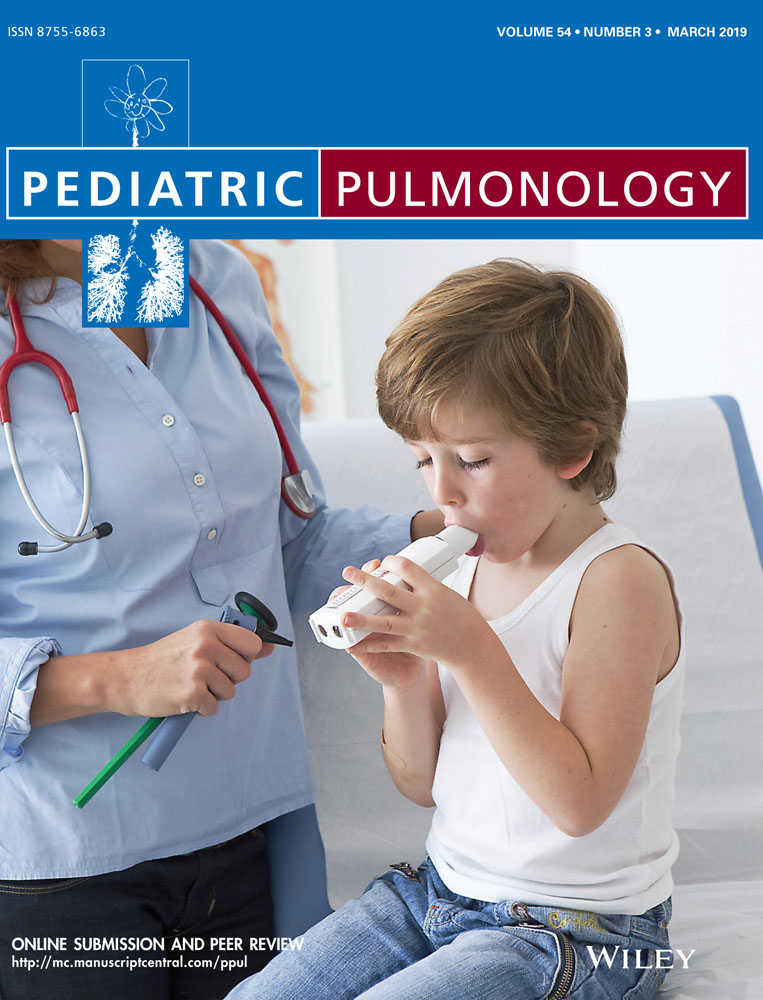Nasal swab bacteriology by PCR during the first 24-months of life: A prospective birth cohort study
Abstract
Background
Most respiratory bacterial carriage studies in children are based on cross-sectional samples or longitudinal studies with infrequent sampling points. The prospective Observational Research in Childhood Infectious Diseases birth cohort study intensively evaluated the community-based epidemiology of respiratory viruses and bacteria during the first 2-years of life. Here we report the bacteriologic findings.
Methods
Pregnant women in Brisbane, Australia were recruited between September 2010 and October 2012, and their healthy newborn children were followed for the first 2-years of life. Parents kept a daily symptom diary for the study child, collected a weekly anterior nose swab and completed an illness burden diary when their child met pre-defined illness criteria. Specimens were tested for respiratory bacteria by real-time polymerase chain reaction (PCR) assays and those containing human genomic DNA, deemed as high-quality, were analyzed.
Results
Altogether 8100 high-quality nasal swab specimens from 158 enrolled children were analyzed. Streptococcus pneumoniae, Moraxella catarrhalis, and Haemophilus influenzae were detected in 42.4%, 38.9%, and 14.8% of these samples, respectively. Concomitant detection of bacteria was common. In contrast, Bordetella pertussis, B. parapertussis, Mycoplasma pneumoniae, Chlamydia pneumoniae, and Simkania negevensis were rarely identified. The prevalence of the three major bacteria was higher with increasing age and in the winter and spring months. Siblings and childcare attendance were the other risk factors identified.
Conclusions
We confirmed the feasibility of frequent nasal swabbing by parents for studying bacterial colonization. PCR detected the major respiratory tract bacteria with expected high frequencies, but atypical bacteria were found rarely in this cohort.
CONFLICTS OF INTEREST
Arto A. Palmu has received research funding from GlaxoSmithKline Vaccines for a nationwide effectiveness trial of 10-valent pneumococcal conjugate vaccine and from Wyeth-Lederle Vaccines and Pediatrics (currently Pfizer Inc.) for the FinOM trial. Michael D. Nissen is currently a full-time employee of GlaxoSmithKline, Vaccines, 23 Rochester Park, Singapore 139234, Singapore. Other authors have no conflicts of interest to declare.




